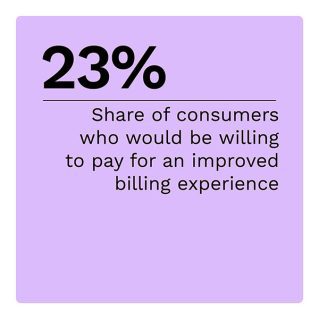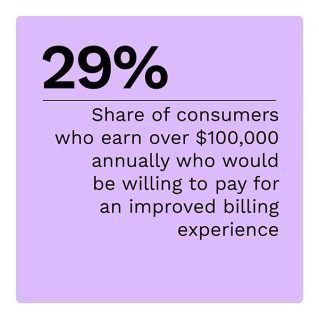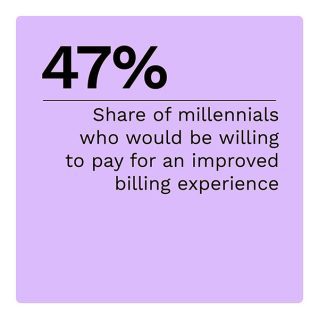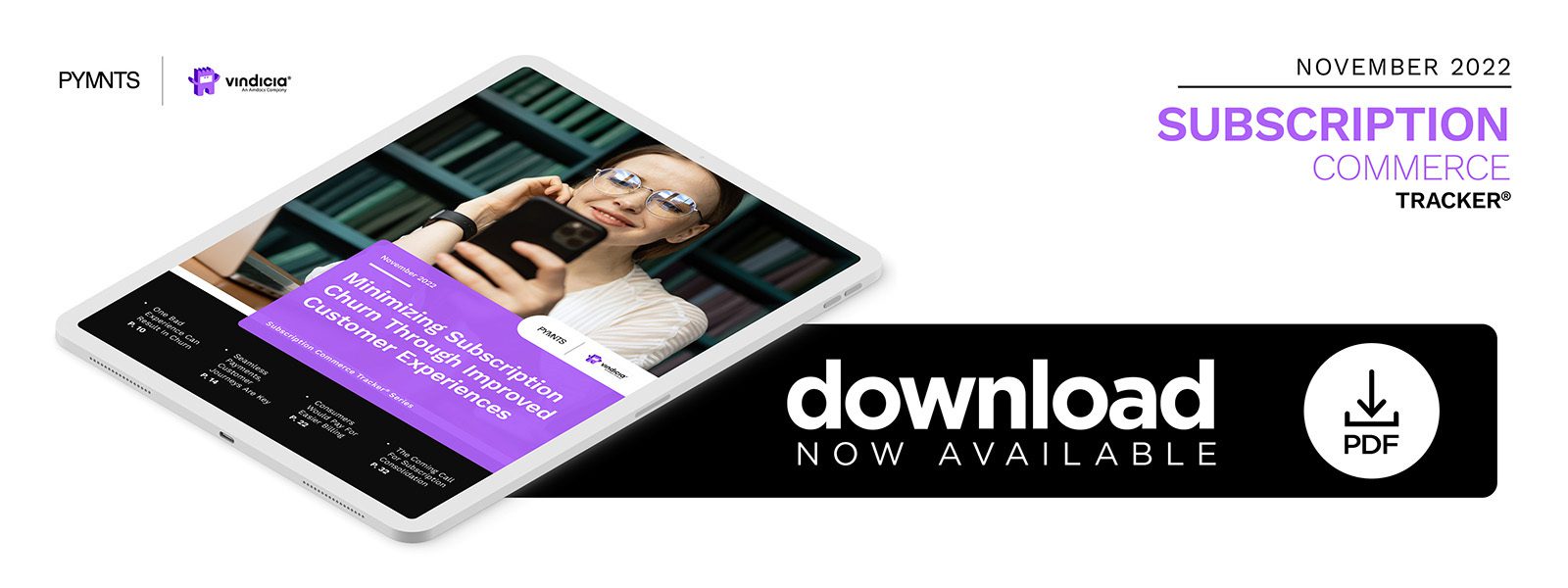Subscriptions Play Dual Role for Primary Healthcare Providers

Subscription-based services soared as consumers sought access to goods, services and entertainment during the pandemic. Lately, however, subscriptions have seen a downturn due to inflation, with the percentage of United States consumers with subscriptions dropping from 47% in 2020 to 41% in 2021. A recent study found that nearly two-thirds of United Kingdom consumers plan to reevaluate their subscriptions in the next six months due to cost concerns, and nearly four in 10 have canceled a subscription service already.
Payment ease and convenience are vital to a good customer experience when dealing with recurring bills, and consumers increasingly expect these features from subscription services. Consumers are also frustrated with managing their current subscriptions, with nearly half saying they are too difficult to cancel and almost four in 10 citing this as why they have continued to pay for subscriptions they no longer use. More than half of consumers would also be open to keeping their subscriptions if they were easier to cancel.
This edition of the “Subscription Commerce Tracker®” examines how subscription services can minimize churn through improved customer experiences.
Around the Subscription Commerce Space
No matter how popular a product is, no company can rest on its laurels. More than half of customers in a recent survey said that a single bad experience would cause them to leave a company with which they currently do business.  The outlook is even worse for younger customers: 57% of millennial respondents would drop a brand after just one bad experience. Moreover, 47% of customers who switched brands to a competitor said they did so because it offered an enhanced product experience, such as online communities or how-to videos.
The outlook is even worse for younger customers: 57% of millennial respondents would drop a brand after just one bad experience. Moreover, 47% of customers who switched brands to a competitor said they did so because it offered an enhanced product experience, such as online communities or how-to videos.
The streaming industry is witnessing a clear example of the trend toward churn. The first half of 2022 saw 1.2 million subscribers leave Netflix. The streaming service anticipates adding one million new users with an ad-supported tier, but about one-quarter of Netflix subscribers plan to cancel their subscriptions. Seventy percent of subscribers say Netflix is the streaming service they use the most, but increasing fees — cited by two-thirds of those who plan to cancel as their reason for leaving — as well as content fatigue and a market full of alternative streaming services have created a more challenging climate for Netflix.
For more on these and other stories, visit the Tracker’s News and Trends section.
Learn From An Insider How A Subscription Model Improved Patient Care
Quality healthcare on demand, accessed with the same ease as a favorite movie or TV series, does not need to be a fantasy. By charging patients a flat fee rather than billing their insurance for each service, one practice can provide the best care possible and function as a convenient one-stop shop for patients.
To get the Insider POV, we spoke with Sunil Vasisht, chief operating officer at Meridian Springs Primary Care, to learn more about the benefits of applying a subscription model to primary healthcare.
Retaining Subscribers With Seamless Payments and Customer Journeys
The popularity of subscription-based services skyrocketed over the last several years, propelled by the multitude of consumers seeking convenient access to goods, services and entertainment while staying at home during the pandemic. Subscription fatigue has been increasing since pandemic restrictions eased, however, and inflation has accelerated a trend toward churn. A new study found that 62% of U.K. consumers plan to scrutinize their subscriptions in the next six months due to the economic crisis, and 38% have canceled a subscription already. Even a single bad experience is likely to result in a brand’s cancellation.
To learn more about retaining subscribers with seamless payments and customer journeys, read the Tracker’s PYMNTS Intelligence.
About the Tracker
The “Subscription Commerce Tracker®,” a collaboration with Vindicia, examines the value of customer experience in preventing churn and how to improve this experience in areas as diverse as streaming services and healthcare.
